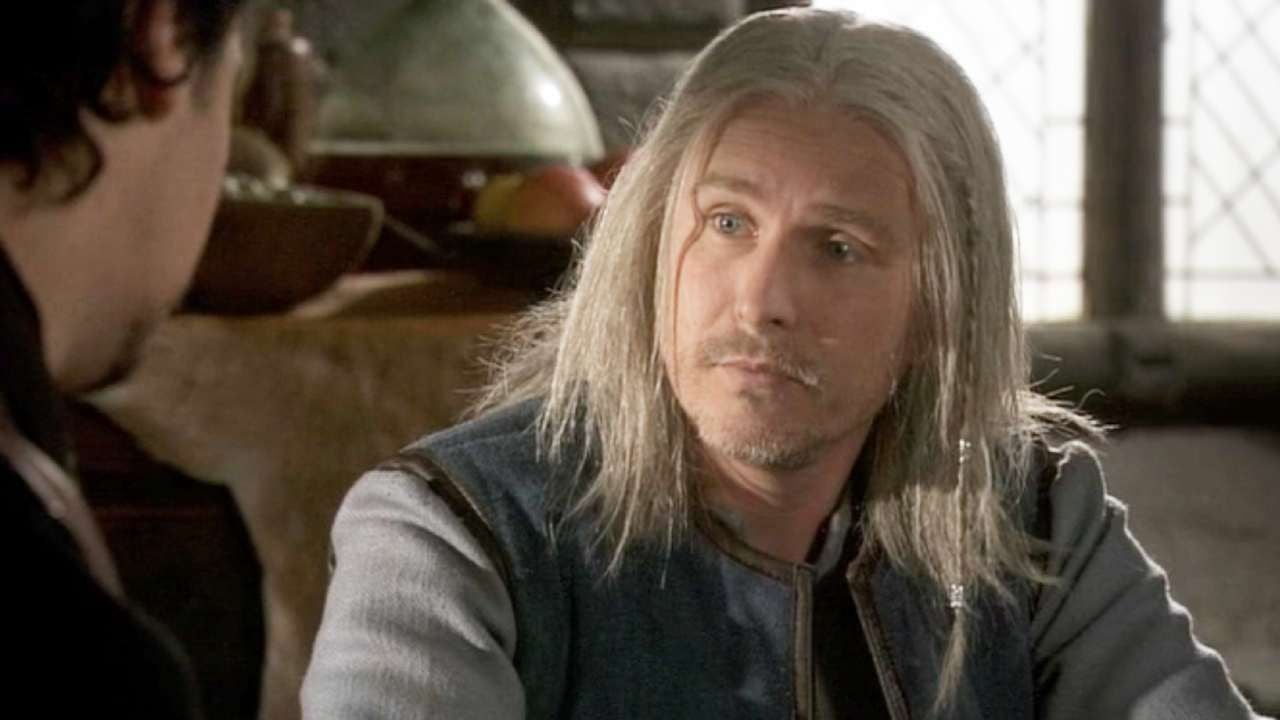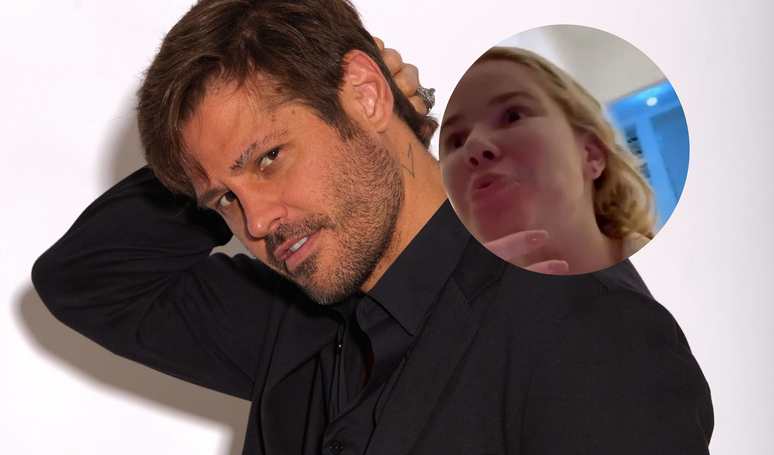“Debí Tirar Más Fotos” becomes a cultural phenomenon with a mix of musical tradition and political criticism that resonates throughout Latin America
Album rooted in Puerto Rican culture
Bad Bunny released “Debí Tirar Más Fotos” on January 5, and the album blew up on Spotify, with songs transformed into Latin American anthems. With its release, the singer became the most listened to artist in the world – and also in the American charts. The album’s title track is also the most listened to of the week on the planet and in the USA.
“Debí Tirar Más Fotos” is a profound homage to Puerto Rico and the challenges faced by the island. The singer, who has always made a point of recording in Spanish with a local accent, released the most Puerto Rican work of his career, exploring local genres such as bomba, plena and reggaeton, as well as addressing political and cultural issues, but the struggles were considered common to several countries on the continent.
Memory and resistance
The album’s title, which translated means “I should have taken more photos”, reflects the importance of preserving personal and cultural memories and stories. The cover illustrates this intention, showing two plastic chairs in a courtyard, reminiscent of the simplicity of daily life in Puerto Rico.
“I should have taken more pictures of you / I should have given you more kisses and hugs, as many times as I could,” says the title track, which inspired trends on TikTok featuring photos of family and friends, creating emotional connections.
But the song that attracts the most attention is “Lo Que Le Pasó en Hawaii”, in which the singer draws a parallel between the situation in Puerto Rico and that of Hawaii, annexed by the United States in 1898. “They want to take me away by river and my beach too / They want me to be destroyed and grandma gone,” he sings. The song denounces gentrification and the loss of cultural identity, exacerbated by tax incentives that have attracted foreign investors and displaced locals.
Although a hymn to his homeland, the lyrics have resonated with immigrants and refugees from other nations. Venezuelans, Cubans and Nicaraguans, for example, identified with the track, sharing the song in videos featuring flags and landscapes from their homelands. They were touched by the passage that says: “No one wanted to go here [embora]and those who have left dream of returning.” The lyrics describe the pain of exile, which many share when they leave their homeland, whether due to fear, repression or economic bankruptcy.
Local participation and traditional sound
All of the album’s collaborators, from instrumentalists to choirs, hail from Puerto Rico, highlighting the artist’s commitment to praising his homeland. Bad Bunny explained that the idea came from listening to Puerto Rican music while away from home. “I started to feel close to my family and Puerto Rico through music,” he told the New York Times.
The album also recovers the traditional sounds of the island, such as plena and bomba, while maintaining reggaeton as a pillar of its musical identity.
Cultural heritage and resistance
Additionally, Bad Bunny released a short film accompanying the album, featuring Jacobo Morales, one of Puerto Rico’s most prominent filmmakers, which addresses American cultural dominance in the country and reinforces the importance of preserving local identity.
The album is not just a musical work, but a manifesto for the preservation of a threatened culture. “We have been part of the United States for 130 years and we are still Puerto Rican,” the singer said, underlining his pride in his homeland. “We continue with our culture, our way of speaking. This is resistance.”
With “Debí Tirar Más Fotos”, Bad Bunny consolidates its position not only as a musical phenomenon, but as a voice that unites identity, resistance and cultural memory.
https://www.youtube.com/watch?v=videoseries
Source: Terra
Earl Johnson is a music writer at Gossipify, known for his in-depth analysis and unique perspective on the industry. A graduate of USC with a degree in Music, he brings years of experience and passion to his writing. He covers the latest releases and trends, always on the lookout for the next big thing in music.






